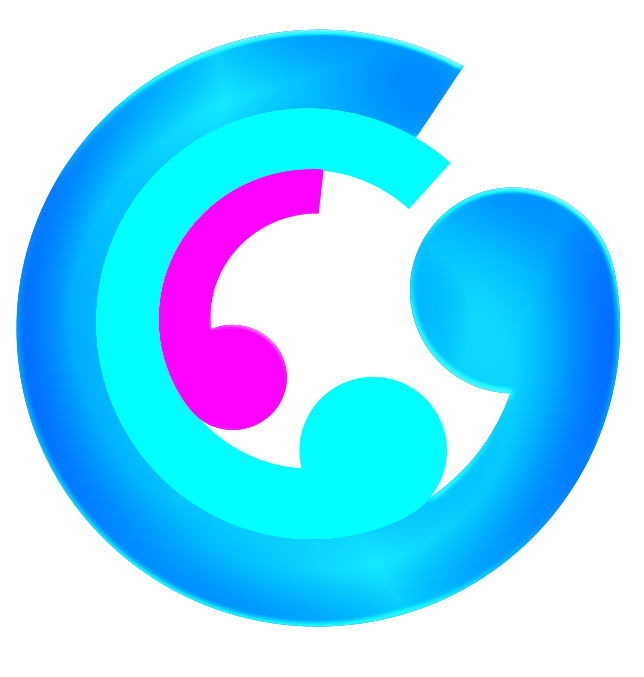Audio Presented by

We are a software engineering startup. We help non tech startup entrepreneurs build their software products
About Author
We are a software engineering startup. We help non tech startup entrepreneurs build their software products
Comments
TOPICS
Related Stories
104 Stories To Learn About Go
May 03, 2023